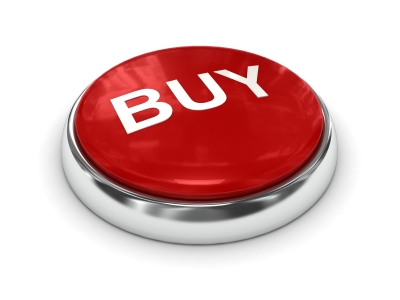 Each year Beloit College publishes its annual College Mindset List detailing the cultural touchstones that have shaped the lives of incoming freshmen. It’s an eye-opener that reveals profound differences in the lives of the latest generation. For example, the class of 2016 has never needed an actual airline “ticket” and they prefer to watch television on anything but an actual TV set. To them, the Sistine Chapel has always been clean and bright.
Each year Beloit College publishes its annual College Mindset List detailing the cultural touchstones that have shaped the lives of incoming freshmen. It’s an eye-opener that reveals profound differences in the lives of the latest generation. For example, the class of 2016 has never needed an actual airline “ticket” and they prefer to watch television on anything but an actual TV set. To them, the Sistine Chapel has always been clean and bright.
What a difference a few years makes. While the College Mindset List is an interesting read, it provides professors with cultural context. It also has implications as far as lead generation goes. While you may not be targeting college students, all markets change, making it important to revisit your “ideal customer profile” frequently and modify it as needed.
Identifying your ideal customer is crucial. This allows you to target your marketing materials to the right people and ensure that your messages resonate with them. It also helps you understand and take advantage of opportunities. Here’s how to identify your ideal customer:
- Create a list of five to ten of your best customers. Write down the qualities that make them your best customers. For example, do they have large budgets, are they profitable, do they send lots of referrals your way, or are they a joy to do business with?
- Do the same for your five to ten worst customers. Write down the qualities that make them undesirable?
- Analyze each group to see what qualities they have in common. In some cases, you may find that a single “persona” describes each group as a whole. Several personas may appear.
- Classify the various customers by SIC (Standard Industrial Classification) codes detailing industry type, number of employees, annual revenue, and so on.
- Identify why these customers chose to do business with your company. For example, was there a change that prompted them to switch providers? New regulations that required an investment in products like yours?
- After looking at what each customer has in common within both groups, you should see distinct differences between your best and worst customers. Focusing on acquiring new customers with the same qualities as your best customers is a sure-fire way to attract more of the same and fewer of those with less desirable qualities.
Creating ideal customer profiles is an important initial step in any marketing endeavor, but marketers often fail to revisit their profiles and adjust as needed. Imagine marketing to this year’s crop of incoming college freshmen using the same messages you just used a few years ago. Not only could your products and services be irrelevant, the media that you use to deliver those messages could be completely wrong. Just a few years ago, social media was in its infancy. Today it’s the go-to destination for reaching many markets. Tomorrow may be a completely different story.
Not only must you continually revisit and refine your ideal customer, marketing messages, and marketing channels, it’s important to look for signs that your target market has shifted. For example, are your customers extremely loyal? As they age and their lifestyles change, they may still be attracted to your brand. However, the same ads that appealed to them as 20-somethings won’t be quite as appealing when they’re in their 30s and 40s. It’s important to recognize changes related to loyalty so that you can continue giving your most loyal customers a reason to return while attracting more of the same at the same time.
Lead generation is an ongoing process that requires your constant attention. Markets can change in as little as a few months, making it crucial that your campaigns reflect those changes.















 In order to be effective, calls to action must be simple, beneficial, and positive. This is true regardless of where you ultimately place the call to action.
In order to be effective, calls to action must be simple, beneficial, and positive. This is true regardless of where you ultimately place the call to action.